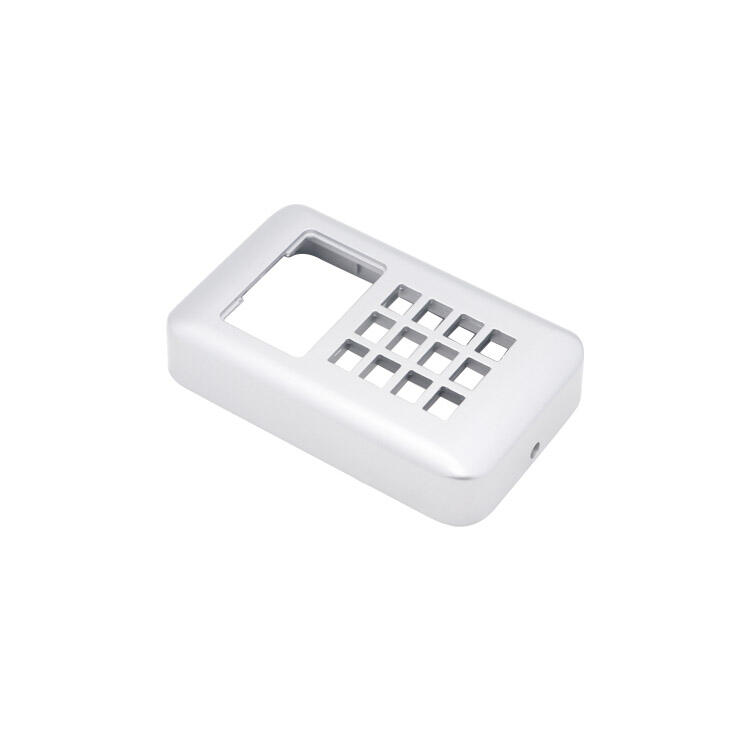I. Introduction to Die Casting and Its Profit Potential
For years, Die casting has been a popular manufacturing process in nearly every industry known for its capability to produce complex metal parts with high dimensional accuracy and per-piece cost efficiency. Die casting is profitable due to high capacity of the die, precision and dimensional stability in mass production processes, metallic material ranging from aluminum, zinc to magnesium.

II. Market Landscape:Competitive Analysis and Trends
A recent trend in the global die casting market is its decent growth, thanks to the rising applicability and demand from diverse end-use sectors including automotive, aerospace, energy. Further, the growth of market is anticipated to be propelled by growing applications of die-cast parts in multiple sectors with continuous improvements in equipment and operations,automotive being one such domain where this technology offers increased production efficiency on a reduced costs.
III. Cost of Materials and Their Profitability Dimension
Die casting profit margins are largely driven by material costs. Though, being lightweight and has no thermal conductivity; aluminum can be a preferred choice to others but costlier than materials type zinc or magnesium. The chosen material has a direct impact on the volume of the product used, which directly increases manufacturing cost.
IV. Factors Affecting Production and Principles of Least Cost Optimization
Production factors affecting die casting costsThe cost of any commodity is very dependent on the production mode, they have a significant impact on the total expenses involved in manufacturing. Process improvement can also reduce cycle times and allow achieving higher productivity at lower costs. The use of multi-cavity molds also makes process more productive and it helps in to reduce tooling costs as well.
V. Tooling and Mold Design Concerns
Die casting has some rather tight dimensional tolerances, and precision tooling is necessary to meet those tolerance which ends up increasing costs. On the other hand use of high grade materials assures extended life expectancy for molds and eventually greater savings in long term. How you balance material choice with mold longevity and cost is crucial to maximizing die casting profits.
VI. The importance of energy efficiency in profitability
In other words, for die casting machine is a power-intensive working procedure and improvement of energy efficiency can make production more profitable. Use of process to reduce the standby time as well as improve on production scheduling can result in energy savings and cost reduction. Furthermore, this greener and sustainable manufacturing can also be achieved with the adoption of energy-efficient technologies.
VII. Comparison with other manufacturing processes
High-speed production and dimensional accuracy are the advantages which die casting offers over other metal forming processes. But, you can work only on non-ferrous products and it may require slightly expensive initial setup steps. A generic comparison with other processes such as sand casting, investment casting, forging, sheet metal forming and powder metallurgy significantly helps to investigate the strategic and economic implications of die casting.
VIII. Application of Industry and How it Impacts Profitability
The automotive industry needs to be mentioned specifically as a large user of die casting, in particular for items such as engine blocks and transmission parts. Die casting is also widely used in other industries, automotive (including bicycles and motorcycle) for motorcycles, such as aviation energy consumer electronics. Die casting is attractive in various applications due to the collapsible mold-making, such as P woer tools and automotive manufacturing metal working (Excessive demand of light weight components for Power Tools Motors & Automobiles), that contributes more than half of the zinc produced since 1996.
IX. Challenges & Strategic Opportunities for Profit Shot Binary Options Trading
With high initial cost of setup and limited to non-Ferrous metals, die casting does offer opportunities for savings through process improvements such as material reductions and energy efficiency developments. With proper strategic selection of machine type along with the optimization of production factors, challenges can be overcome and profitability can also improve.
Conclusions and Prospects
Die casting is a cost-effective process that allows parts to be manufactured with high standards of detail, precision and intricacy. Through proper cost tracking and adjustments in, for example material costs, production factors or a more efficient tooling consumption it is easy to increase the profit margins of die casting. The next outlook for die casting is extremely positive as modern technology, they have success within a wide selection of industries and that makes them poised toward growth while not providing up profit margins.
Table of Contents
- I. Introduction to Die Casting and Its Profit Potential
- II. Market Landscape:Competitive Analysis and Trends
- III. Cost of Materials and Their Profitability Dimension
- IV. Factors Affecting Production and Principles of Least Cost Optimization
- V. Tooling and Mold Design Concerns
- VI. The importance of energy efficiency in profitability
- VII. Comparison with other manufacturing processes
- VIII. Application of Industry and How it Impacts Profitability
- IX. Challenges & Strategic Opportunities for Profit Shot Binary Options Trading
- Conclusions and Prospects

